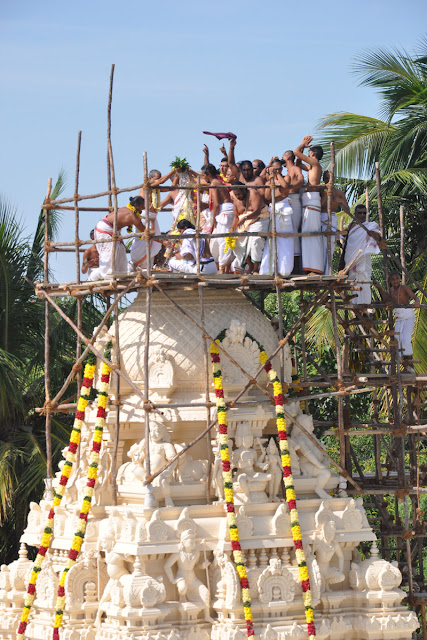I expect Sri Sathya Sai Baba has always been present for me as Sadguru, but it was only in the early 1980s, that I first became actually aware of him in this lifetime. He loved Arunachala and spoke about it many times in his speeches. But his first words glorifying this sthalam was in his very first spiritual discourse when he was a young lad of 14 years of age.
Subsequently he gave many inspirational discourses on the Self, the Nature of the Mind and below an extract from a speech on ‘Shiva, the Divine Consciousness.”
For additional speeches by Sri Sathya Sai Baba on the mind and self enquiry, go to this link here.
“Who is Shiva?”
The following is a speech made by Sri Sathya Sai Baba on Shiva, the Divine Consciousness:
“Who is Shiva?” Divine Consciousness which pervades all living beings is none other than Shiva. This Divine Consciousness permeates not only human beings, but all other creatures. Shiva-consciousness is all-pervading. “With hands, feet, eyes, head, mouth and ears pervading everything, He permeates the entire Universe.”
All that we witness is Shiva Consciousness; nothing else. Shiva does not mean a particular form with matted hair and tiger skin. Wherever we look and whichever form we come across – whether a child or an elderly person, whether a woman or a man, in every form Shiva Consciousness is resplendent.
How can you describe the all-pervading Shiva-consciousness or limit it to a particular time and place? God is described by different people in diverse ways depending on their imagination and understanding. But the nameless, formless God is omnipresent and all-pervading
Who can describe such Divinity? There is only one sign for Divinity, that is, Consciousness. In whichever form this Divine Consciousness permeates, it will assume that form – it may be the form of a dog, a crow, a crane or a human being.
All that you witness in this objective world is a manifestation of Shiva. It pervades the three worlds; earth, space and nether world and exists in the three periods of time; past, present and future. It is indescribable.
Man today searches for God everywhere, not understanding that he himself is an Embodiment of Divine Atma.
One has to realise Divinity by cultivating love for God. It is only love that can bind God. Through such Divine Love, the oneness of God has to be realised. If the attributeless God has to be described, the description would be “One without a second, eternal, pure, unchanging, witness to all functions of the intellect, beyond one’s imagination and beyond the three conditions (gunas).”
The best sadhana is to realise unity in Divinity and worship God as such. “To see the One in all you see.”
Words by Sri Sathya Sai Baba
[Shiva Image]

















































